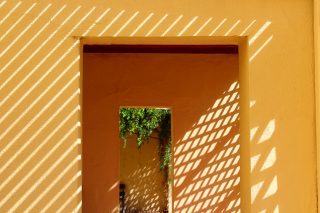Lana Guineay
Lana Guineay is a freelance writer and staffer at Writers SA. Her first book, Dark Wave, was recently shortlisted for the 2020 Viva La Novella prize.
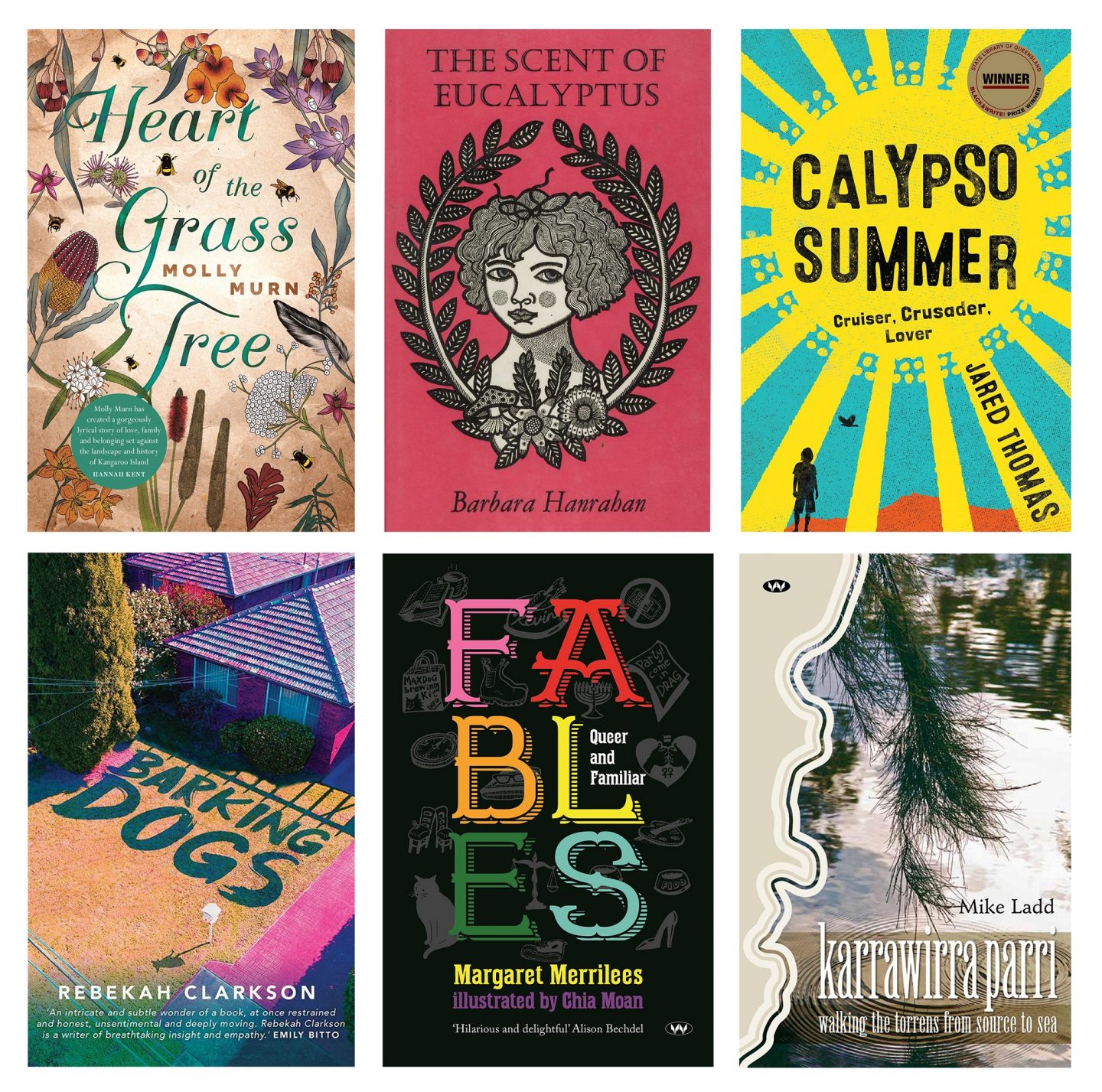
Fiction has the power to both capture and create ‘genius loci’. But what do novels set in and around Adelaide have to say about the spirit of the place?
What comes to mind when you think of Adelaide? For the casual traveller, it might be a familiar list of wine and vineyards, churches, arts festivals, weird murders, galleries, underrated beaches, and the Central Markets. A sedate town of manicured lawns and a planned grid of streets, with occasional glimpses of something darker.
There are other Adelaides beyond the tourist slogans and media cliches, beyond the bubble of our own lived experiences of the city. These are all, in their way, true. A city is a palimpsest, with layers of history and of experience forming today’s ideas of Adelaide. Preceding them all of course is Tarntanya, the heart of Kaurna Yerta, an open grassy plain managed by generations of Kaurna people, where First Nations people continue to share stories today.
Since returning to my hometown a few years ago, I’ve pondered the stories we tell about Adelaide, and how novelists have portrayed the character of the place past and present. If fiction has the power to capture and create ‘genius loci’, what do novels set here have to say?
Adelaide is a storied city; there are comprehensive lists of fiction set here, featuring everything from the hyper local, to new releases showing a side of the city seldom seen. But each author on this short, subjective cross-section of older classics and more recent works, shows a different side of the city we call home – and a different experience of living in it.
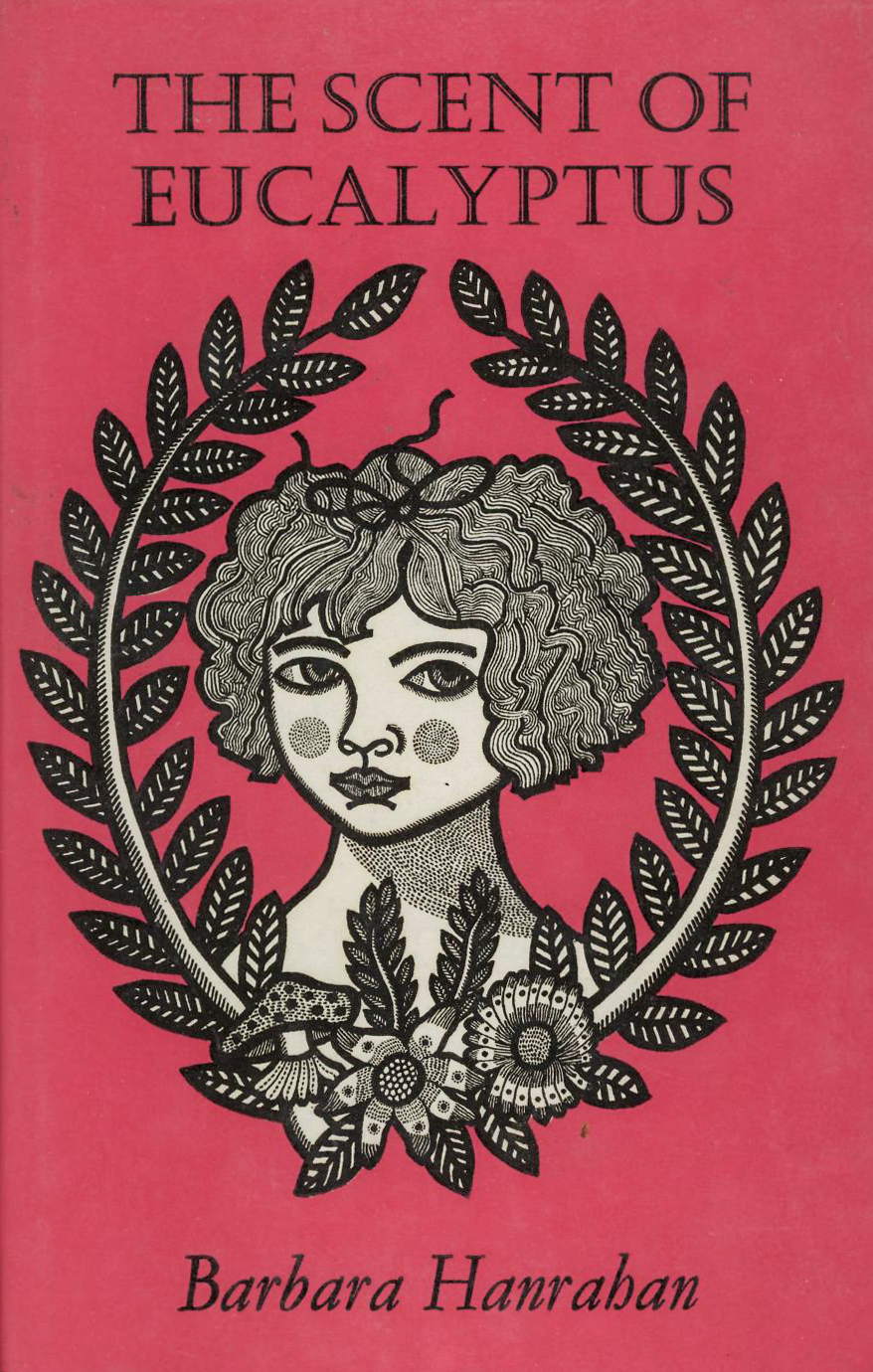
Artist Barbara Hanrahan’s first novel is now considered an Australian classic, one Kerryn Goldsworthy described as the “most thorough, evocative, detailed and beautiful representation of the city in literature”. In Hanrahan’s vision, working-class Thebarton of the late 1940s is transmuted into a place that’s magical, weird, and wonderfully realised, as it follows a semi-autobiographical, partly-fantastical account of the author’s formative years.
The bildungsroman premise is elevated by Hanrahan’s prose – which is lyrical and crystalline – and the complex images of the women presiding over the child’s home on Rose Street; her mother, grandmother and great aunt Reece. The women are strikingly nuanced and unforgettable, at turns sweet, comforting, mysterious, and disturbing.
The story follows their lives as seen through the child’s eyes, who from the first is obsessed with minutiae and the hidden. As child’s world gradually expands from the rambling home and garden, there are vivid depictions of local streets in Thebarton and Mile End, the schoolyard, and day trips to Henley Beach, the city, and the Adelaide Hills. There’s also a gradually developing awareness of self amid the confines of mid-century ideals of womanhood.
The result is an earthy, dreamy portrait of childhood and of Adelaide’s inner west that resonates long after you read the last page.
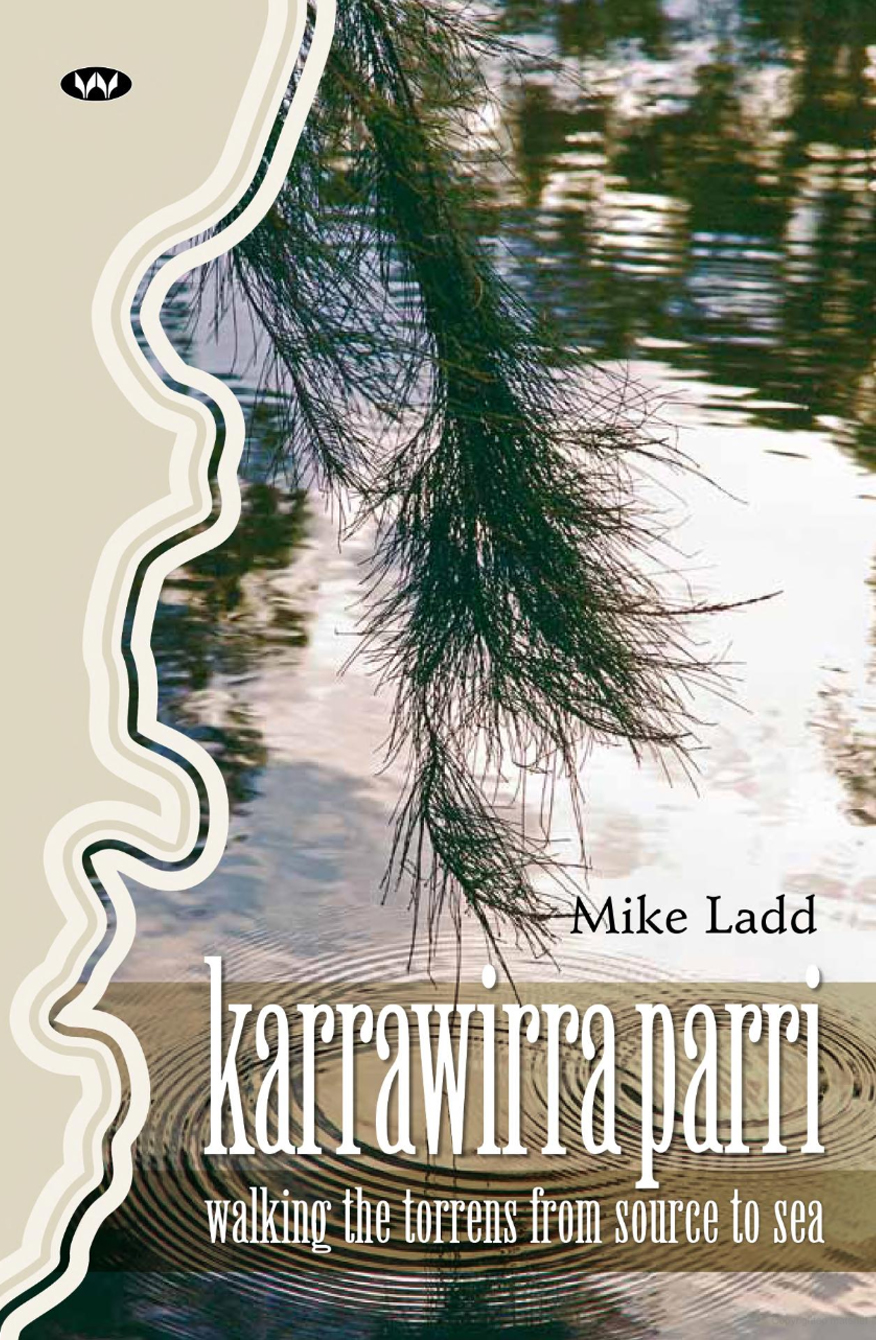
I often walk where Karrawirra Parri/the River Torrens meets the open sea, and it’s fair to say the river meanders through our ideas about the city built on its banks. In 2007, poet Mike Ladd walked the river from source to sea, taking notes which he published as a series of articles in The Adelaide Review, accompanied by photos from Cathy Brooks. Taking the form of a haibun (a travel journal combining prose and poetry) Karrawirra Parri is a social and natural history of the river as well as a collection of Ladd’s own meditations.
The result is at once foreign and familiar, depicting a river we all know while adding new depth and significance. Ladd’s emphasis on Indigenous stories and sites in the book evoke a landscape before ‘Adelaide’ existed; Karrawirra Parri (“river of the red gum forest”) is the Kaurna name for the river, before it was renamed the Torrens by white settlement.
Richly detailed descriptions of the waterway and its native wildlife gently lull alongside thoughts on walking and literature, making for a faceted, and fascinating, portrait of the river.
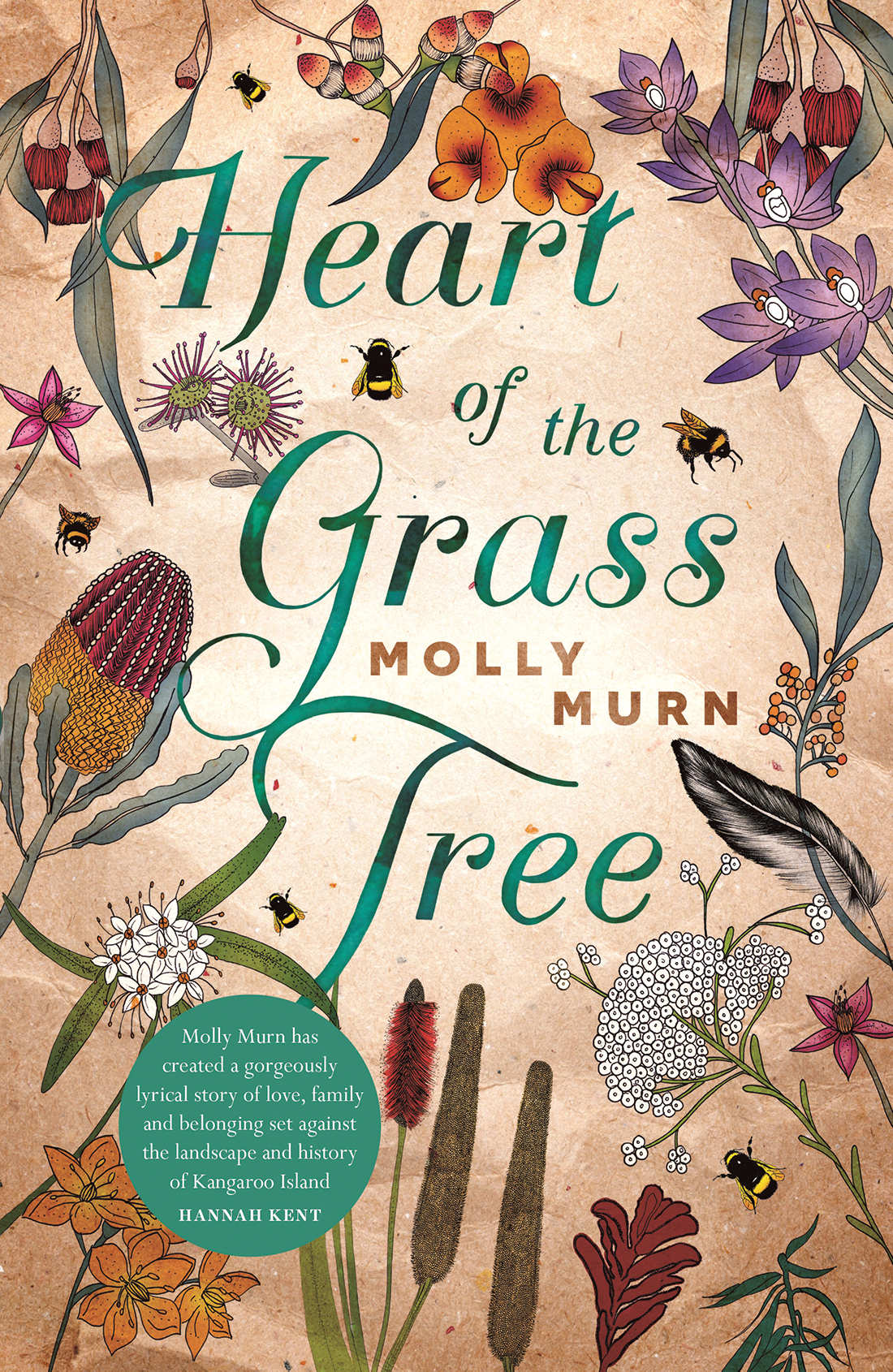
A ferry or flight away from the city, Kangaroo Island is a place where nature’s extraordinary beauty and fury play out, and it’s here that a story of a more human proportions takes place in Murn’s debut Heart of the Grass Tree.
There are glimpses of Adelaide throughout the book, but this is a KI story, the island an enduring presence spanning generations and three centuries. When KI local Nell dies unexpectedly, her daughter and granddaughters return to the island to mourn. There, they begin to piece together Nell’s secrets, learning of her Ngarrindjeri lover Sol, and the scandal of a teenage pregnancy in the isolated community. The women unearth a connection to a brutal moment of the island’s past when sealers abducted Tasmanian Aboriginal women to work and live with them on the island.
The non-chronological story weaves together the different timelines and characters in an intergenerational tale of mothers, daughters, and love, while looking unflinchingly at frontier violence and the scars formed by secrets. Murn writes vividly of the Island itself, with depictions of King George Beach, Pelican and Murray lagoons, Antechamber Bay, and Cygnet River.
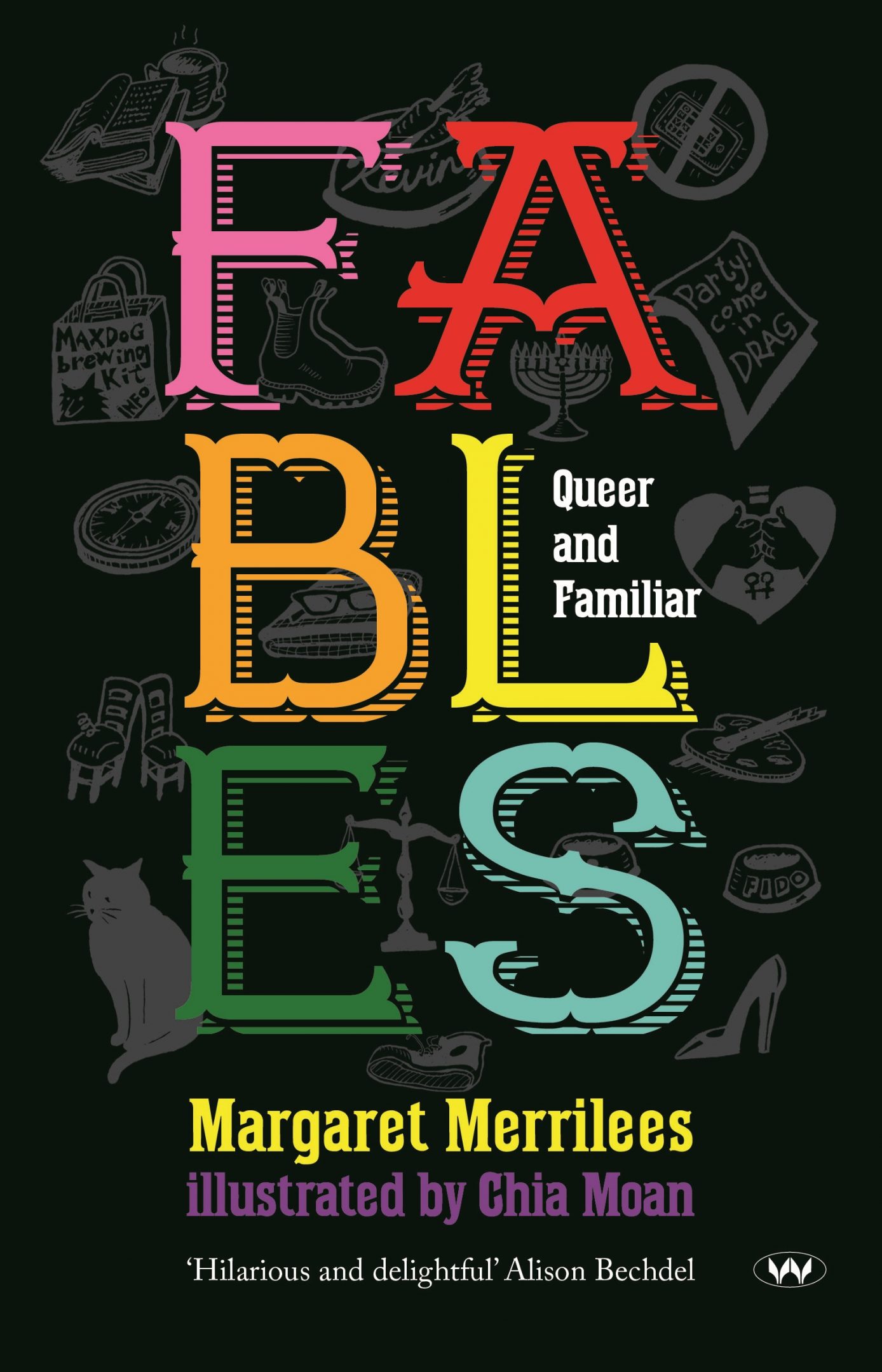
There is so much joy in this pithy collection of 52 short ‘fables’. Starting life as at the online serial ‘Adelaide Days’ and broadcast by Radio Adelaide, the fables – one for each week of the year – are delightful, laugh-out-loud snapshots of the lives of ‘lesbian grannies’ Anne and Julia, their extended family, friends, and community.
The grannies are longtime activists who keep their sharp eyes on politics. They’re outraged by the treatment of refugees. They’re keen judges of the hats at Adelaide Writers’ Week. This is Adelaide through a leftie, lesbian, ageing, and activist lens, full of local references and locations; from the Markets, to beach trips to the Yorke Peninsula, Haighs, the Christmas Pageant and WOMAD.
It’s a wry, affectionate look at “this small dry city on a narrow plain, next to an unspectacular gulf”, as well a politically-engaged story of family, longterm love, ageing, and childhood. Merrilees’ light-hearted style makes it a delight to dip in and out of the fables, or read them all in a single sitting.
By the end you may find yourself agreeing with Alison Bechdel: “I wish I could live in the hilarious, delightful, and very queer world of these Fables”. There’s always its follow-up, Further Fables Queer and Familiar.
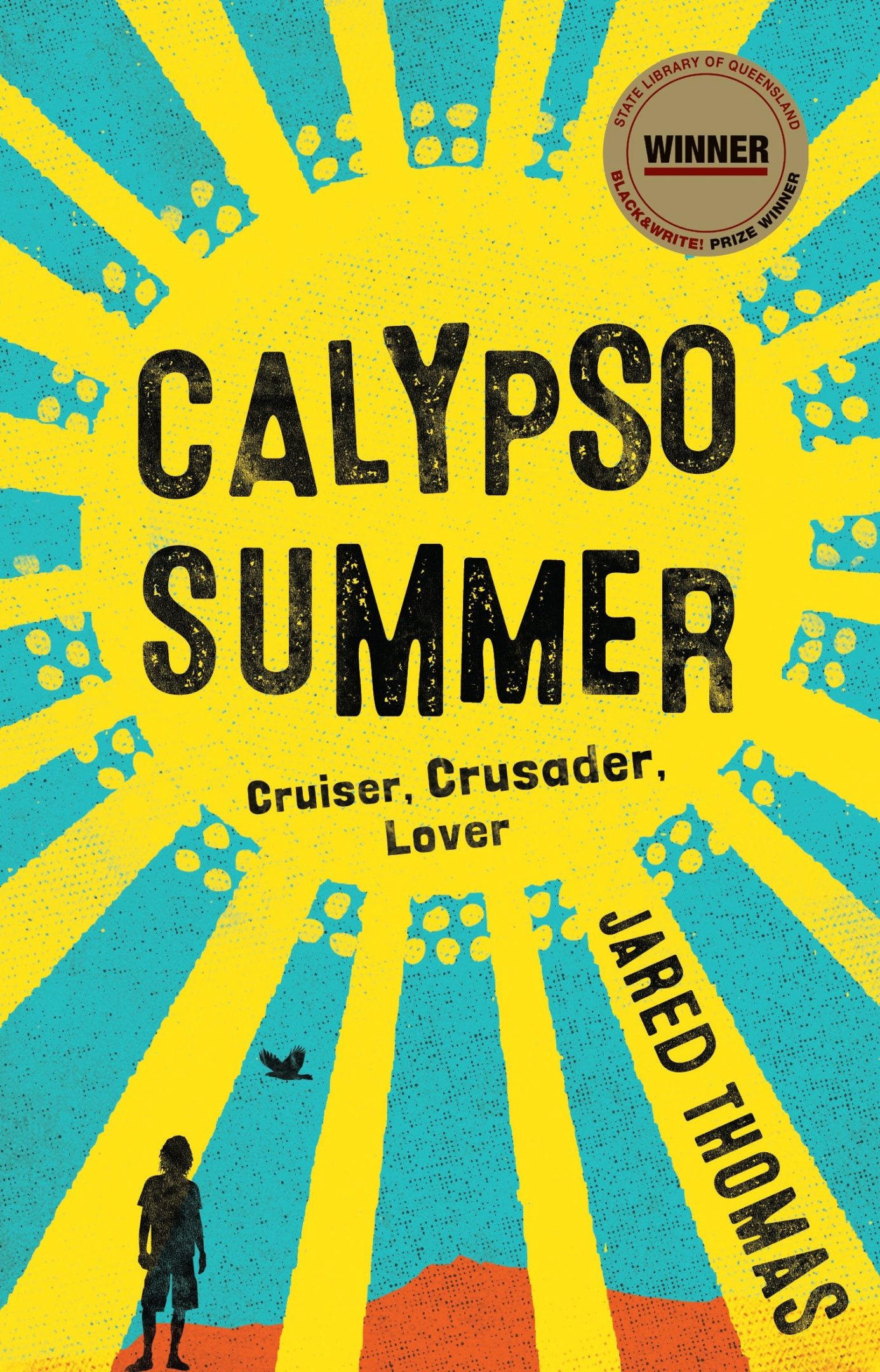
Winner of the 2013 black&write! Indigenous Writing Fellowship, Calypso Summer is a young adult novel told from the perspective of Calypso, a young Nukunu man fresh out of high school. Living in Henley Beach, Calypso is working in a local health food store when his boss encourages him to harvest bush plants to develop natural remedies for the shop, in a get-kinda-rich-quick scheme.
What results is a different kind of wealth. Travelling back to his ancestral lands in coastal Port Germain in the Flinders Ranges, Calypso reconnects with his family and history in new ways, finding romance with Ngadjuri girl Clare. For the first time, he begins to understand the depth of what he’s missed out on in his life in the city. A pacy coming of age story, Thomas deftly weaves the personal and the political for a novel that’s both rich in history and an insightful look at living as a First Nations person in Adelaide today.
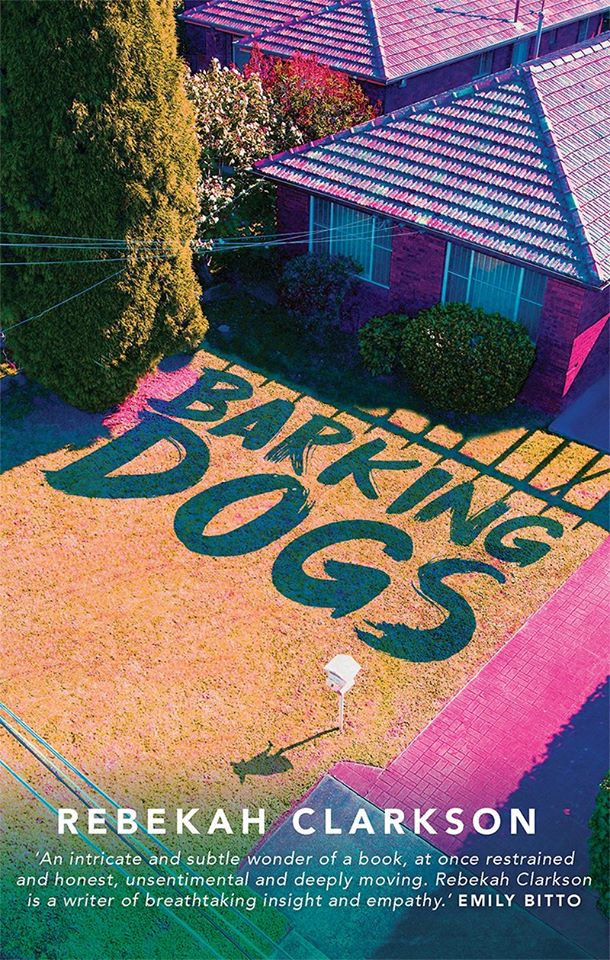
Heading to the Hills, Clarkson’s short story cycle – a hybrid of a novel and a short story collection – offers a sharply observant, slow-burn portrait of a changing town. Mount Barker is the setting for 13 intricately connected short stories, tackling the societal changes of suburban sprawl and the ordinary problems of suburban life; clueless parents, mortgages, neighbours’ annoying dogs, affairs, wayward kids and terminal illness.
Linked by location, characters, and sometimes more subtle connections, the stories invite re-reading to see how it all puzzles together. It could be a novel about suburban sprawl anywhere in Adelaide, or for that matter, Australia; but as Mount Barker makes the uneasy transition from rural community to suburbia, complete with housing developments and McMansions, the novel uses multiple points of view to create a living portrait of a distinct place and time.
Lana Guineay is a freelance writer and staffer at Writers SA. Her first book, Dark Wave, was recently shortlisted for the 2020 Viva La Novella prize.
